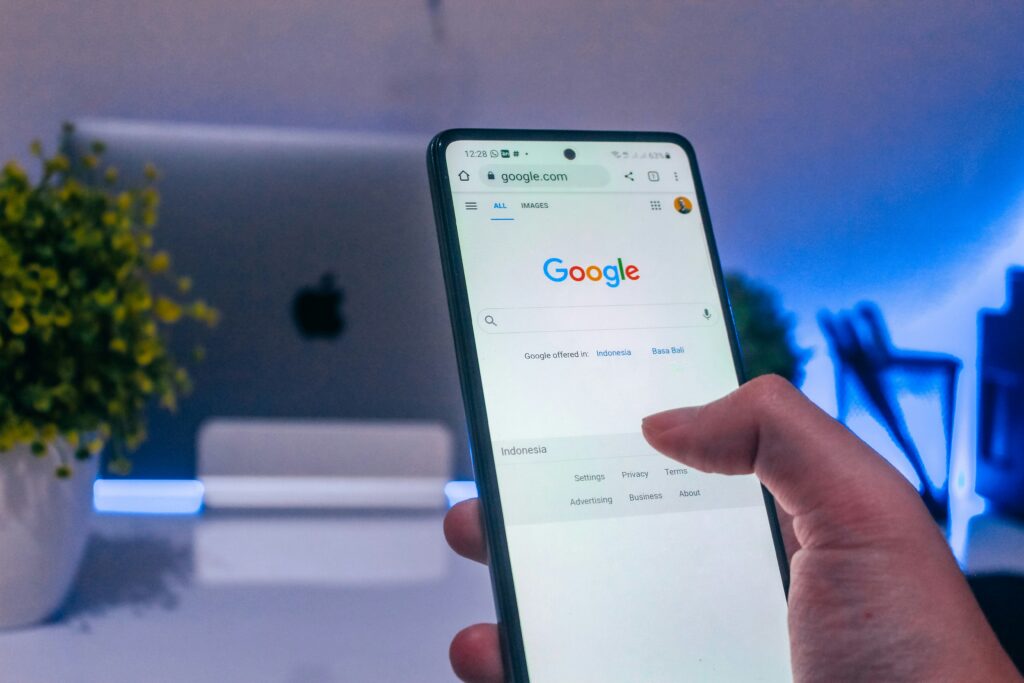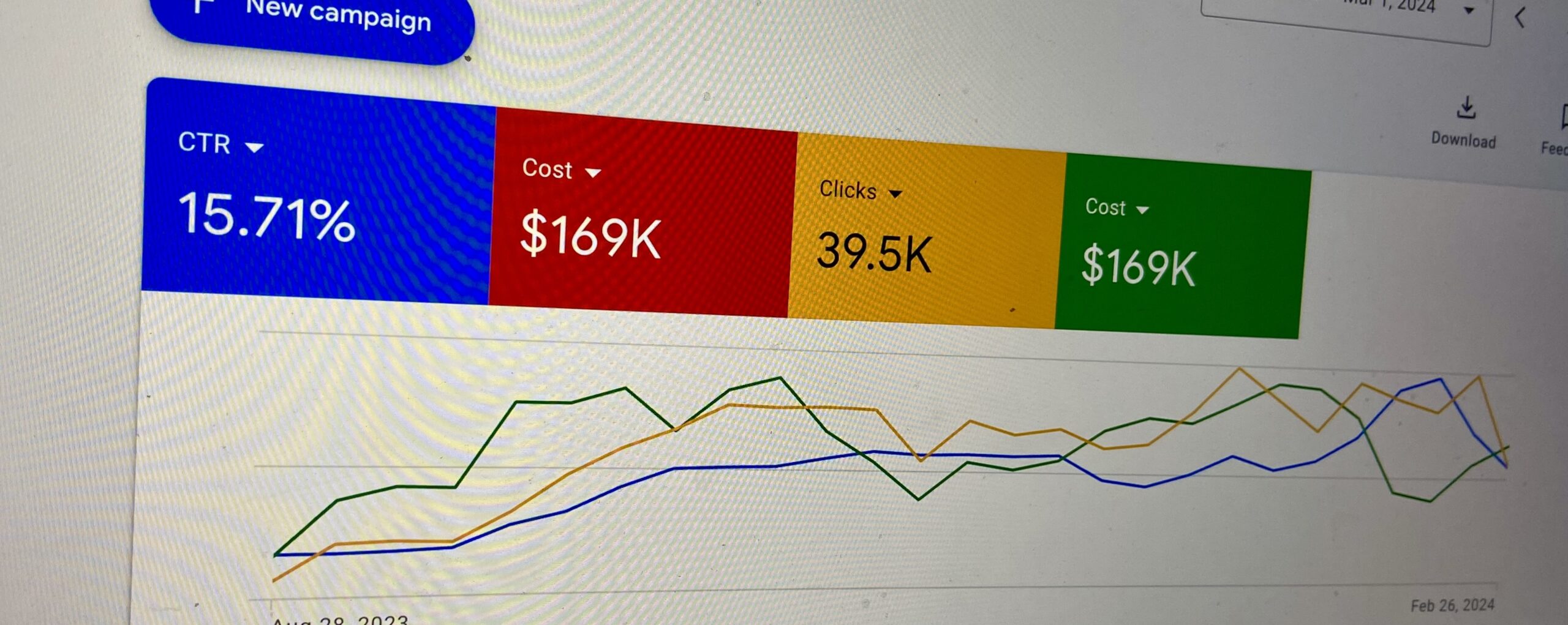The Google Ads Grant for Nonprofits: A Comprehensive Guide
After managing my nonprofit’s Google Ads Grant for over 10 years and successfully utilizing $2.94 million worth of free advertising, I’ve learned valuable lessons about maximizing this incredible opportunity. Whether you’re just discovering the Google Ads Grant or looking to optimize your existing campaigns, this guide combines official requirements with real-world experience to help your nonprofit succeed.
What is the Google Ads Grant?
The Google Ads Grant provides qualifying nonprofits with up to $10,000 per month in free search advertising on Google.com. This isn’t a loan or a one-time gift, it’s a monthly allocation that can transform how your organization reaches potential supporters, volunteers, and beneficiaries.
Official Eligibility Requirements
According to Google’s official documentation, to qualify for the Google Ads Grant, your organization must meet these specific criteria:
Basic Eligibility:
- Hold current and valid charity status in your country (501(c)(3) status in the United States)
- Be verified through TechSoup or your country’s regional equivalent
- Have a high-quality website that meets Google’s website policy requirements
- Acknowledge and agree to Google’s program policies
Ongoing Compliance Requirements:
- Maintain a minimum 5% click-through rate (CTR) each month at the account level
- Log into your account at least once per month
- Achieve at least one meaningful conversion action each month
- Follow Google’s advertising policies, including restrictions on single-word keywords
If your CTR falls below 5% for two consecutive months, your account will be temporarily deactivated until you demonstrate sufficient improvements.

The Reality: Set It and Forget It (Almost)
One of the most encouraging aspects of the Google Ads Grant is that it can become relatively low-maintenance once properly optimized. After spending months fine-tuning keywords and ads to achieve strong click-through rates, I’ve found that day-to-day management becomes minimal.
However, “set it and forget it” comes with important caveats. While daily monitoring isn’t necessary, regular maintenance is both required and recommended for several reasons:
Google’s Algorithm Changes: Google frequently updates its algorithms, which can impact ad performance overnight. What worked beautifully last month might suddenly struggle to generate clicks.
Policy Updates: Google occasionally rolls out policy changes with little advance notice. Keywords that were previously acceptable might suddenly become problematic, requiring quick adjustments to maintain compliance.
Website Changes: Any modifications to your website structure can affect ad performance. If you change a landing page URL, update your mission focus, or redesign your site, your ads need corresponding updates.
My Strategic Approach: Go Big, Then Prune
Over the years, I’ve developed a strategy that has consistently delivered results: start broad, then narrow based on performance data.
Phase 1: Cast a Wide Net I begin new campaigns by creating numerous ads with extensive keyword lists. This approach might seem counterintuitive, but it allows Google’s algorithm to identify which combinations resonate with your audience. I target a broad range of relevant terms and create multiple ad variations to test different messaging approaches.
Phase 2: Let It Run After launching, I let campaigns run for at least a month to gather meaningful performance data. This patience is crucial asmaking changes too quickly can prevent you from seeing true performance patterns.
Phase 3: Strategic Pruning Once I have sufficient data, I systematically remove underperforming keywords and ads. This process dramatically improves overall CTR while maintaining reach for your most effective content.
The National vs. Local Challenge
The Google Ads Grant works exceptionally well for national nonprofits but presents unique challenges for local organizations. This difference comes down to search volume and competition.
National Nonprofits: Organizations with nationwide scope can easily reach the $10,000 monthly spending limit because they can target keywords across the entire country. The search volume for terms like “donate to cancer research” or “volunteer opportunities” is substantial when you’re not geographically limited.
Local Nonprofits: Smaller, location-specific organizations face a different reality. A local food pantry in a town of 50,000 people has a limited audience searching for relevant terms. Meeting the minimum spending requirements becomes challenging when your potential keyword reach is geographically constrained.
For local nonprofits, success requires creativity and deeper thinking about content strategy. Instead of focusing solely on location-specific terms like “Springfield food pantry,” consider broader topics your organization addresses: “food insecurity resources,” “emergency food assistance,” or “nutrition education programs.” While some visitors may not be local, this broader approach can help meet spending requirements while potentially attracting donors or volunteers from wider geographic areas.

The Support Reality
It’s important to set realistic expectations about Google’s support for the Ads Grant program. The support experience has declined significantly over the past decade. While it was never exceptional, reaching human support representatives was much easier in the program’s earlier years.
Today, much of the support process is automated, which creates particular challenges for certain types of nonprofits. Healthcare-related organizations, for example, may find their keywords and ads frequently flagged by automated systems. The appeals process can be lengthy and frustrating, requiring patience and persistence.
Tips for Navigating Support Issues:
- Document everything meticulously
- Be prepared for longer response times
- Consider working with agencies experienced in Google Ads Grant management
- Join nonprofit communities where peers share solutions to common challenges
Getting Started: Key Success Factors
Choose Your Captain: Assign one person primary responsibility for the account. While others can help, having a single point of accountability ensures consistent management and decision-making.
Focus on Quality: With the 5% CTR requirement, quality trumps quantity. It’s better to have fewer, highly relevant keywords than numerous poorly performing ones.
Set Up Proper Tracking: Ensure conversion tracking is properly configured from day one. This data becomes invaluable for optimization and compliance.
Plan for the Long Term: Think beyond immediate needs. The Google Ads Grant can support your organization for years, so invest time in building sustainable campaigns.
Final Thoughts
The Google Ads Grant represents an extraordinary opportunity for nonprofits, but success requires strategy, patience, and ongoing attention. While it can become relatively low-maintenance once optimized, it’s not a completely hands-off program.
My experience managing $2.94 million in free advertising has taught me that the key is balancing ambition with realism. Cast a wide net initially, but be prepared to make data-driven decisions about what to keep and what to prune. Stay informed about policy changes, monitor performance regularly, and don’t hesitate to make adjustments when needed.
For nonprofits willing to invest the initial time and effort, the Google Ads Grant can become a powerful, sustainable tool for advancing your mission. The impact of reaching thousands of additional people each month—people actively searching for what your organization offers—can be truly transformational.
Whether you’re a national organization ready to scale your reach or a local nonprofit looking to expand your community impact, the Google Ads Grant deserves serious consideration. With proper management and realistic expectations, it can become one of your most valuable marketing tools for years to come.
Ready to explore how Google Ads could expand your reach? Contact sam@plumcoveconsulting.com to assist with your grant application and setup.

